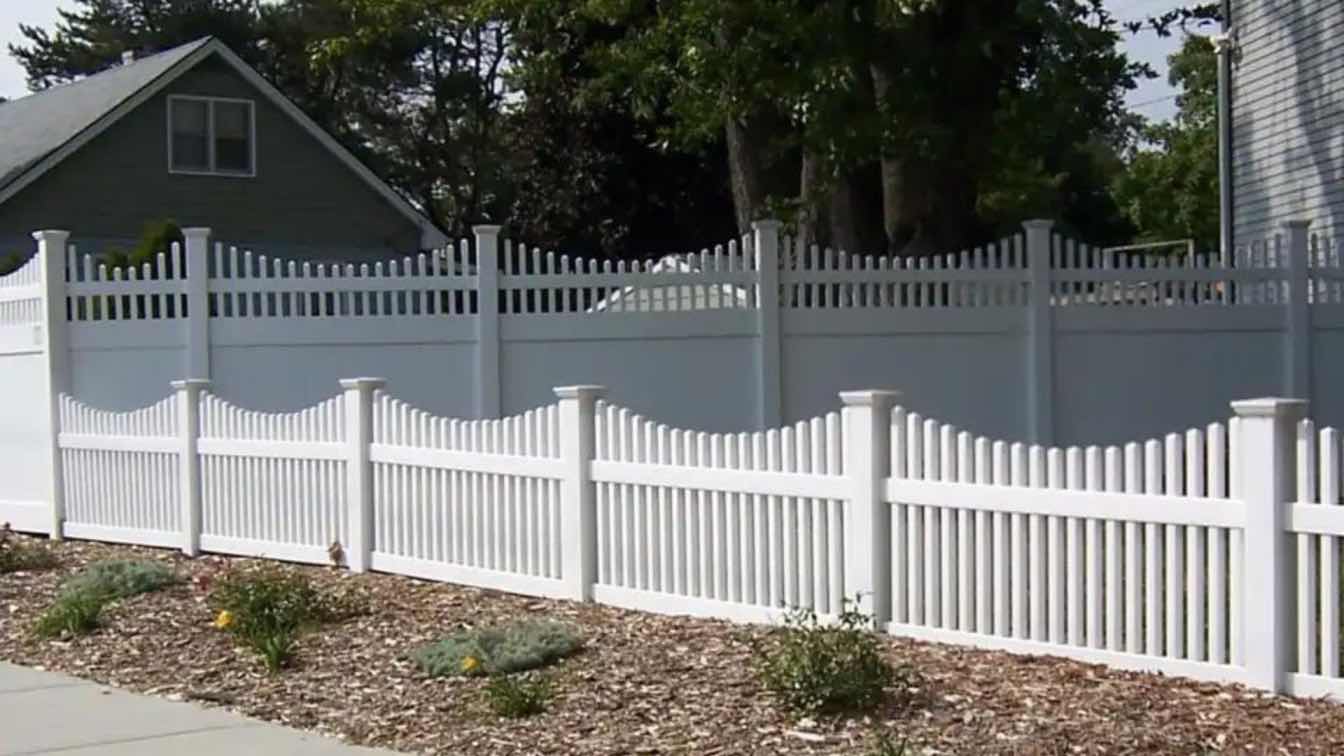Vinyl fencing offers a winning combination of durability, low maintenance, and a clean, classic aesthetic — no wonder it's a popular choice for both residential and commercial properties. However, even the most carefully planned fence installation may require cutting sections to fit around obstacles or create specific lengths. Don't be intimidated – with the right tools, careful preparation, and a few straightforward techniques, cutting vinyl fence is well within the grasp of most DIY enthusiasts. Let's explore everything you need to know to take on this task confidently.
Your Best Tool Options for Vinyl Fence Cutting
You won't be short of options when it comes to tools for cutting vinyl fences. A circular saw equipped with a fine-tooth blade (designed for plastic or similar materials) is a versatile choice for straight cuts. If speed is your priority, a reciprocating saw (often called a Sawzall) can zip through vinyl quickly but may leave a slightly rougher edge. Jigsaws offer excellent control for curved cuts and intricate shapes. For smaller jobs or minor trims, you might even get away with heavy-duty PVC cutters. Need help selecting the best tool for your specific project? A reputable vinyl fence company offers expert advice and guidance, ensuring you start with the best equipment for the job.
Prepare Before You Cut
The old saying "measure twice, cut once" applies especially to vinyl fence projects. Take the time to measure carefully and mark your cut lines precisely. A felt-tip marker works well on most vinyl surfaces or opt for a chalk line for a temporary and easily adjusted guide.
Safety always comes first! Eye protection is an absolute must when cutting vinyl, as shards of plastic can become airborne. Ear protection is strongly recommended for power tools, reducing noise exposure that can cause long-term hearing damage. Depending on your tool choice and comfort level, work gloves can also protect your hands from scrapes or potential heat buildup while cutting. Remember, it's always better to prioritize safety than rush through the process. Consult your chosen tool's safety instructions carefully before proceeding.
Cutting Techniques for a Clean Finish
Let's focus on the most common tool for cutting vinyl fences, the circular saw. Ensure you have a fine-tooth blade designed for wood, PVC, or composite materials. Blades intended for rough-cutting lumber are likely to cause tearing or splintering of your vinyl.
Secure your vinyl fencing section firmly before cutting. Clamping or placing supports on either side of the marked cut line will prevent excessive vibration and help ensure a smooth, controlled cut. Run your saw at full speed before approaching the vinyl. Apply gentle pressure and guide the saw along your cut line at a steady pace. Pushing too hard risks melting or distorting the vinyl, so let the blade do most of the work.
If necessary, clean up any rough edges along the cut with a file or sandpaper. Inspect the cut to ensure it aligns precisely with the intended measurements for your installation.
Taking Your Fence Cuts to the Next Level
Not all fences follow a perfectly straight path! For creating angled cuts, a miter saw offers excellent precision and adjustability. Set the desired angle on your miter saw and secure the vinyl section just as you would with a circular saw. When cutting mitered angles, remember to factor in the angle when calculating your overall length for each piece.
Curves require more patience and possibly some practice on scrap vinyl. Jigsaws excel at this task. Create a template for your desired curve from cardboard or thin plywood. Trace the template carefully onto your vinyl fence section. Use a fine-tooth jigsaw blade and guide it carefully along the marked curve. Slow and steady wins the race for smooth curves.
When to Seek Help
There's no shame in admitting when a project needs a professional touch. If you're feeling overwhelmed with the cutting process or facing unique obstacles with your fence design, it's always a smart idea to consult with experts. Many reputable vinyl fence companies offer installation services and can often provide assistance even for DIY projects. This could involve cutting complex sections for you or providing on-site guidance. Don't let concerns about cutting vinyl stop you from enjoying the benefits this fencing material has to offer.
Conclusion
Cutting a vinyl fence doesn't have to be intimidating. You can achieve the custom fit you need for a beautiful and long-lasting vinyl fence installation when selecting the right tools, preparing thoroughly, and prioritizing safety. Don't be afraid to experiment on scrap pieces of vinyl to perfect your technique before tackling the final cuts. If you find yourself facing unexpected challenges, remember that a reputable fence company offers customer support and guidance. With a little bit of practice, you'll be cutting your vinyl fence with confidence.





